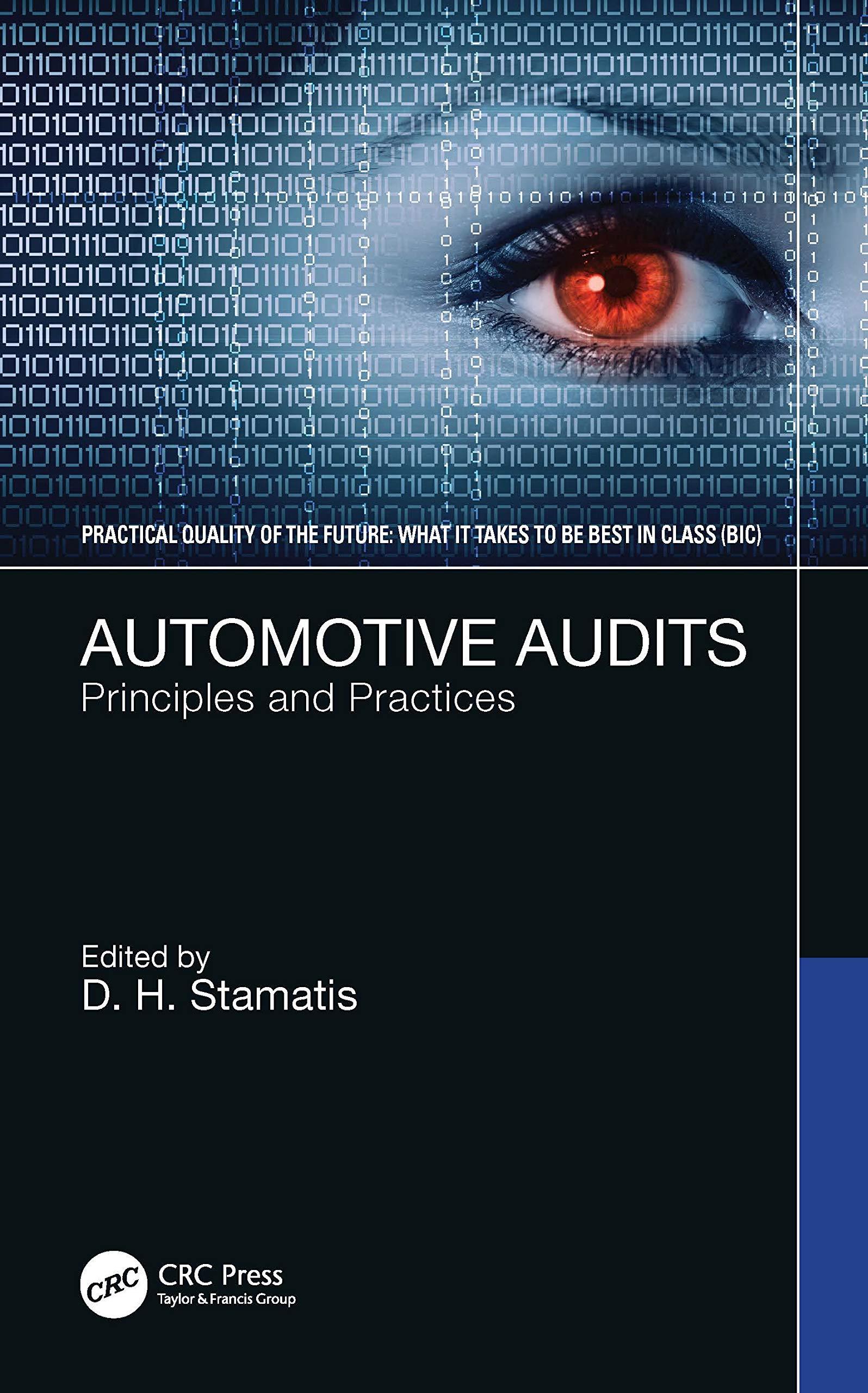

5. Conrad Conglomerate, a U.S. corporation, operates a subsidiary in Mexico. Currently, the consolidated corporation consists 50% of U.S. operations and 50% of Mexican operations. Conrad Conglomerate raises all its equity on the stock markets in the U.S. but has access to debt markets in both the U.S. and Mexico. The current exchange rate is $0.05/peso (or 20 pesos per dollar). The risk-free interest rate in the U.S. is 3%. The risk-free interest rate in Mexico is 5%. The International Fisher Effect (IFE) holds for risk-free interest rates, so the Mexican peso is expected to depreciate approximately 2%. The required rate of return on the market portfolio in the U.S. is 10%. Conrad's business has a beta of 0.90 relative to the U.S. market. Conrad's before-tax cost of debt is 7% in the U.S. Conrad's before-tax cost of debt is 10% in Mexico. The corporate tax rate on all earnings is 24%. Conrad Conglomerate has determined that its optimal capital structure is 65% debt and 35% equity. C. [5 points] Suppose Conrad Conglomerate borrows 50% in U.S. dollars and 50% in Mexican pesos. What is its weighted-average cost of capital (WACC)? c. pesos. What is die D. [5 points] Suppose the capital structure for Conrad Conglomerate's Mexican Subsidiary is: Debt 20 billion pesos Equity 20 billion pesos In order for Conrad Conglomerate to achieve the optimal capital structure, what does the capital structure of the U.S. operations have to be? 5. Conrad Conglomerate, a U.S. corporation, operates a subsidiary in Mexico. Currently, the consolidated corporation consists 50% of U.S. operations and 50% of Mexican operations. Conrad Conglomerate raises all its equity on the stock markets in the U.S. but has access to debt markets in both the U.S. and Mexico. The current exchange rate is $0.05/peso (or 20 pesos per dollar). The risk-free interest rate in the U.S. is 3%. The risk-free interest rate in Mexico is 5%. The International Fisher Effect (IFE) holds for risk-free interest rates, so the Mexican peso is expected to depreciate approximately 2%. The required rate of return on the market portfolio in the U.S. is 10%. Conrad's business has a beta of 0.90 relative to the U.S. market. Conrad's before-tax cost of debt is 7% in the U.S. Conrad's before-tax cost of debt is 10% in Mexico. The corporate tax rate on all earnings is 24%. Conrad Conglomerate has determined that its optimal capital structure is 65% debt and 35% equity. C. [5 points] Suppose Conrad Conglomerate borrows 50% in U.S. dollars and 50% in Mexican pesos. What is its weighted-average cost of capital (WACC)? c. pesos. What is die D. [5 points] Suppose the capital structure for Conrad Conglomerate's Mexican Subsidiary is: Debt 20 billion pesos Equity 20 billion pesos In order for Conrad Conglomerate to achieve the optimal capital structure, what does the capital structure of the U.S. operations have to be








